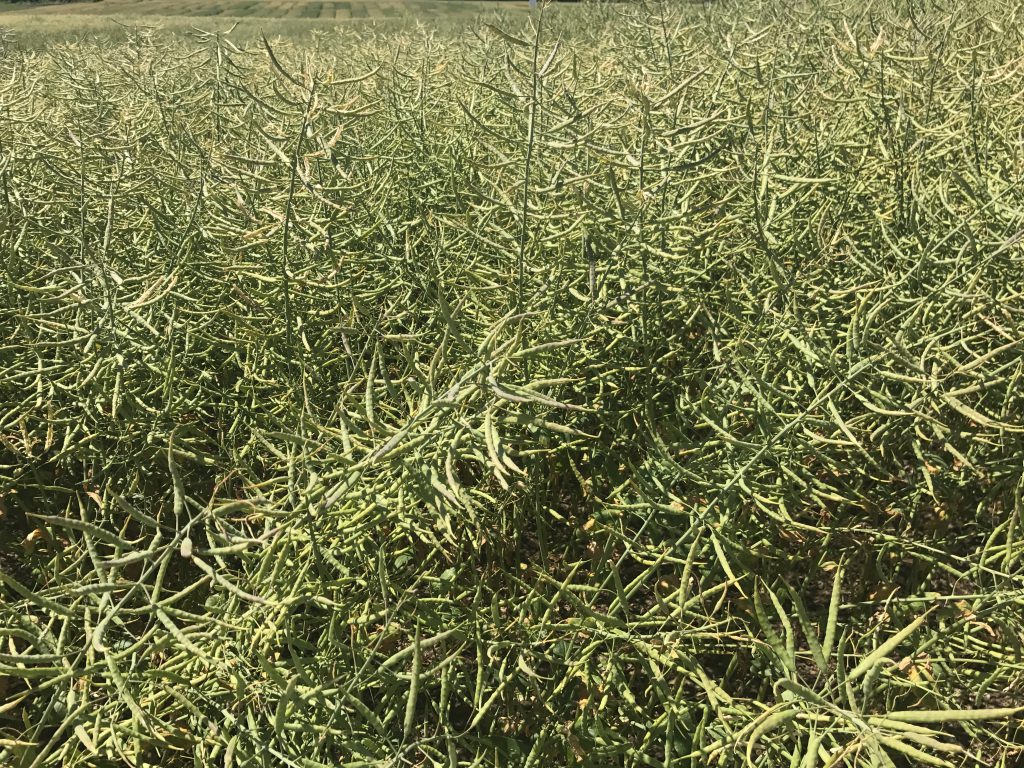Teagasc is categorising its recommendations regarding nitrogen which is applied to winter crops in ways that reflect current plant numbers.
Where barley is concerned, ‘normal’ crops should receive the first split of N (50kg/ha) now with the main split by growth stage (GS) 31.
On thin or backward crops, the first N application rate should be low as crop demand is small.
Sulphur (S) (15kg/ha) and trace element deficiencies should be applied before GS31. Growers should use Moddus/Medax Max plus 1.0L/ha of Chlormequat Chloride (CCC) for high-lodging-risk fields at GS30.
For best straw-shortening effect in barley, it is a case of applying Cerone/Terpal/Moddus/Medax Max from GS32-39.
“It is too late to control annual meadow grass where crops did not receive a herbicide in autumn,” Teagasc tillage specialist, Ciaran Collins has confirmed.
“Where a tidy-up is required, growers should use a sulfonylurea, depending on weeds.
“Active growth and high rates are needed for overwintered weeds.”
Winter wheat
Turning to winter wheat, Collins confirmed that on thin crops, second wheats or locations where take-all is a risk, growers should increase N rate for the first application to 75kg/ha.
For crops with satisfactory plant counts, an application rate of 40-50kg/ha of N will suffice for the first split. The timing here is around the middle of March or GS30.

N applications should be divided over over three splits: one-quarter; half; and one-quarter.
“The main split should be applied by GS31 and the last by GS39,” Collins continued.
Where grass weeds are present, Teagasc is advising the use of Pacifica Plus/Monolith plus Biopower as options.
Broadway Star plus Torpedo is a strong brome option where annual meadow grass has already been controlled.
Tank mixes must be carefully thought through. Herbicides should not be applied if crops are under stress for any reason.
Winter oilseed rape
The size of a rape canopy can be measured by using the Green Area Index (GAI) app, which is now available on smartphones.

Where crops have a green area index (GAI) of 1, there is the equivalent of 50kg/ha of N already in the plants.
Teagasc is strongly advising growers to accurately assess the canopy size of their rape crops before deciding which fertiliser regime they will follow in 2024.
Sulphur for winter crops
Sulphur (S) is often forgotten when it comes to fertilising oilseed rape, even though the crop has a relatively high requirement of the element: 30-35kg/ha.
Teagasc is pointing out that growers should use N fertilisers that have a relatively high level of S.
Ammonium Sulphate Nitrate (ASN) is a case in point. Sulphur should be applied in two splits, if possible.
“There are big savings to be had in crops with large canopies. Growers should avoid early application and high N rates in these crops. Excessive N will result in a reduction in yield,” Collins added.
“A GAI value of less than 1.0 will require 225kg N/ha as a first application as soon as growth commences.
“However, crops with a GAI of 2.0 will only need 130kg/ha to achieve a final yield 4.5t/ha,” he explained.
